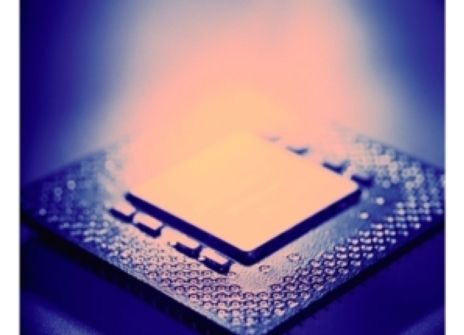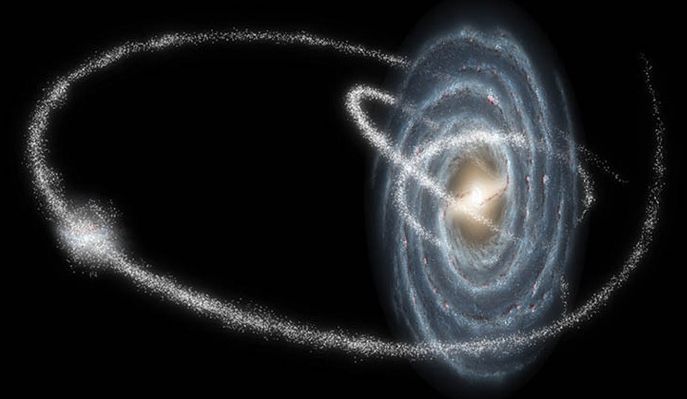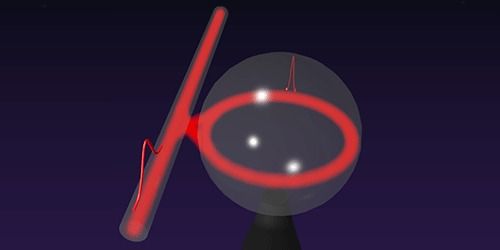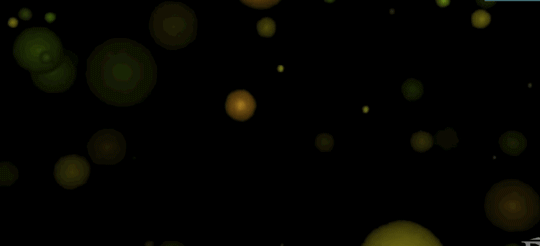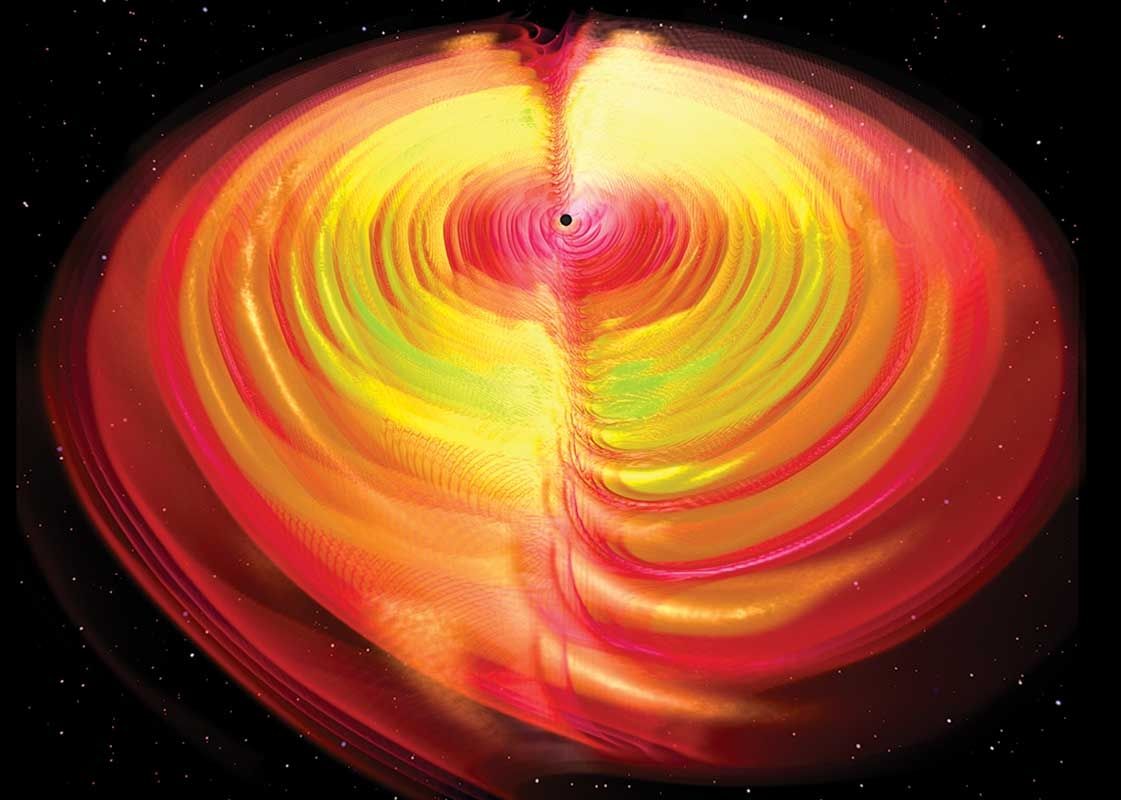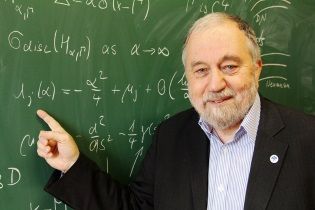Archive for the ‘physics’ category: Page 297
Apr 7, 2016
Are We Living in a Computer Simulation?
Posted by Andreas Matt in categories: computing, physics
High-profile physicists and philosophers gathered to debate whether we are real or virtual—and what it means either way.
By Clara Moskowitz on April 7, 2016.
Apr 5, 2016
Five ways to travel through time
Posted by Sean Brazell in categories: physics, time travel
Travel to the past is probably impossible. But to the future? That’s a different story. Cathal O’Connell considers the feasibility of physics.
In 2009 the British physicist Stephen Hawking held a party for time travellers — the twist was he sent out the invites a year later. (No guests showed up).
Apr 1, 2016
Rivers of stars could point to cold dark matter in the Milky Way halo
Posted by Andreas Matt in categories: cosmology, physics
Introducing a slow-light medium into an optical microresonator extends the lifetime of a photon circulating in the device by several orders of magnitude.
Mar 29, 2016
Why You Should Care About Nukes
Posted by Gerard Bain in categories: media & arts, military, physics

For info about divesting from nuclear weapons companies, go to http://responsibleinvest.org/
Thanks to the Future of Life Institute for helping support this video http://www.futureoflife.org (in particular, thanks to Max Tegmark for guest narrating and Meia Chita-Tegmark for her feedback)
Mar 26, 2016
Space Propulsion « MSNW LLC
Posted by Andreas Matt in categories: physics, space travel
The EMPT thruster, funded by NASA, is a 1 kW-class RMF thruster, operates on the same physics principles as the ELF thruster. This device, less than 4 inches in diameter, has proven that pulsed inductive technolgoies can be succesfully miniaturized. Indeed, this thruster has demonstrated operation from 0.5 to 5 Joules, as well as the first pulsed inductive steady state operation. The EMPT has demonstrated greater than 1E8 continuous plasma discharges.
Are parallel universes real?
Right now there might be a whole other universe where instead of brown hair you have red hair, or a universe where you’re a classical pianist, not an engineer. In fact, an infinite number of versions of you may exist in an infinite number of other universes.The idea sounds like science fiction, but multiverse theories — especially those that are actually testable — are gaining traction among physicists. Here are three of the most compelling theories:
If the universe is infinite, multiple universes probably exist.
Mar 22, 2016
LIGO could catch dark matter made of black holes
Posted by Andreas Matt in categories: cosmology, physics
The black holes that kicked off the first detection of gravitational waves seem to be the right size and frequency to be long-sought primordial black holes.
Mar 18, 2016
Interview with Pavel Exner ahead of his 70th birthday
Posted by Karen Hurst in categories: education, physics
Going back to the start, how did you come to studying Theoretical Physics?
As with most people my path was determined by a series of choices involving random factors. I liked mathematics and physics at school, and did well in the olympiads, but I liked also literature, history, etc. At the age of fourteen I choose a technical-type high school oriented at nuclear disciplines, as popular then as they are despised by many these days, probably because it was one of the most difficult and challenging ones.
The way from there to the Technical University was straightforward. Since I have the need to understand things from the first principles, I drifted gradually towards theoretical physics and it was only natural that in the middle of my studies, corresponding roughly to the bachelor degree nowadays, I ended up at the Theoretical Physics Department of the Charles University, where I subsequently graduated.
Continue reading “Interview with Pavel Exner ahead of his 70th birthday” »

